Fragile X Syndrome Daily Living Resources
For the topic of daily living, we’ve organized resources by sub-topics. Check the “on this page” dropdown for the full list. We are continuing to add information on Daily Living Strategies, which will be ideas on topics for which you have asked, and you will have an opportunity to provide your own ideas!
Eating
Though not always a behavior problem, feeding time may be fraught with frustration due to sensory, motor, or medical reasons. Your child may overstuff their mouth, be aversive to specific textures, or have hypotonic oral muscles. Feeding can require patience and the gradual introduction of new foods. Speech and occupational therapy can help develop the appropriate use of their mouth and oral cavity, normalize sensory and motor functions, and build healthy routines around meals and food. Nutritionists or dieticians can also play a role to help with picky eating.
Treatment Recommendations
This document notes commonalities in behavior challenges in Fragile X syndrome, including intensity, frequency, and duration. These behaviors are influenced by other factors, such as their environment and medical conditions, and it is critical to address behavioral concerns, including eating and feeding, with an individualized approach.
From Our Blog
Stopping the Stuffing — Therapy Programs for You and Your Child
If you’re the parent of a child with Fragile X syndrome, you’re probably very familiar with mouth stuffing. Mouth stuffing for kids with FXS is usually an adaptive means of trying to succeed with eating.
Common Feeding Difficulties and How to Make Mealtime More Successful for Your Fragile X Family
Kristin Burgess Watson highlights some common feeding difficulties ranging from over-stuffing to picky eating that individuals with Fragile X struggle with and suggests some strategies to make mealtime more successful for your family.
More Eating Resources
Oral Sensory Seeking – Why is my Child Still Putting Things in Their Mouth? — Griffin Occupational Therapy
This post explores oral sensory-seeking behaviors and reasons why older children might continue to put things in their mouths.
Sensory Issues and Feeding — FeedingPlus
Nicola Pratt (SLP and feeding therapist) explains sensory issues and how they impact kids’ feeding and contribute to picky eating.
Sleep
Sleep problems are the most commonly reported complaints of parents, regardless of disability status. FXS is no exception. The most common issues we hear about are bedtime struggles, the time it takes to fall asleep, and waking up during the night. Parents have reported success with both behavioral methods and medications.
Treatment Recommendations
A two-week sleep diary often reveals patterns that can help lead to effective treatments. In addition, attention to physical and systemic findings, such as cardio-respiratory disease, facial or pharyngeal abnormalities, and obesity, can be a focus of the physical examination. Once data collection is complete, the clinician will need to decide if the child needs a more detailed evaluation.
Webinars
Improving Sleeping in Children & Youth with Fragile X Syndrome — Presentation
This conference session discusses common sleep problems and some strategies for treating them in children with FXS, including assessments, behavioral techniques, and medications commonly used to treat sleep problems. Presented by Carol Delahunty, MD.
More Sleep Resources
Medications for Individuals with Fragile X Syndrome — Sleep Problems
Sleep problems are a frequent complication of Fragile X syndrome and are most commonly caused by hyperarousal and the inability to settle down either when trying to fall asleep in the evening or after awakening in the middle of the night.
Sleep Problems in FXS: Cross-Sectional Analysis of a Large Clinic-Based Cohort
Study findings show that sleep difficulties are prevalent in children with FXS and, although they tend to be mild, they are associated with behavioral problems and negative impact to families.
Toileting
Toilet training is characteristically an area of stress for families with a child affected by Fragile X syndrome. While the majority will become toilet-trained, this is typically delayed anywhere from one to multiple years later than the general population. New data allows an understanding of which patients are most at-risk for very late toilet training and thus can guide training strategies in terms of when intensive toilet training techniques will need to be applied.
Treatment Recommendations
Consensus of the Fragile X Clinical & Research Consortium
Toilet training is characteristically an area of stress for families with a child affected by Fragile X syndrome. While the majority of these children will become toilet-trained, this is typically delayed anywhere from one to multiple years later than the general population.
Webinars
Toilet Training Across the Lifespan — Webinar Replay
Jennifer Epstein provides an overview of methods that support the practice of readiness skills, and helps caregivers understand the common hurdles affecting skill attainment specific to Fragile X syndrome.
From Our Blog
Please Donʼt Poo Poo This Article
This is one more story about children who do not want to go poo … in the toilet. It is probably not for the faint of heart, though it does make you realize that you will do anything for your children.
A Holistic Approach to Toilet Training
The challenges of toilet training can be magnified for families of children with Fragile X syndrome. It's not simply that toilet training is delayed, it often requires specific behavioral techniques that address their physical and behavioral phenotypes.
Toilet Training the Older Child
Toilet training continues to be an important issue for families who have children with Fragile X syndrome. There is hope for older children, but they require a different approach to toilet training.
More Toileting Resources
Study: Toilet Training in Fragile X Syndrome
This important study will allow practitioners to inform families about the typical toilet training process and what to expect with toilet training efforts in a thoughtful, informed, and encouraging manner.
Applying Structured Teaching Principles to Toilet Training — TEACCH Autism Program
By Susan Boswell and Debbie Gray.
Toilet Training Tool Kit — Milestones Autism Resources
A tool kit designed to take you through the steps of preparing and planning toilet training for a child with special needs.
Support Strategies
Strategies for individuals with Fragile X syndrome — and their caregivers. Thoughts, tips, and methods for taking care of yourself first, plus day-to-day strategies for both of you, like schedules, social stories, and activities.
Webinars
Multidisciplinary Treatment of Fragile X Syndrome (FXS) — Webinar
Drs. Craig Erickson, Laura Hess, Kerrie Chitwood, and Rebecca Shaffer joined us for a one-hour Q & A discussing the benefits of a multidisciplinary team.
Increasing Access to Services for Families of Infants with Fragile X — Webinar Replay
Hear an overview of how the Early Check team integrates telehealth models to provide families with the necessary information, support, surveillance, and intervention.
Expert Panel Discussion on Young Children With FXS — Presentation
A discussion of the issues around caring for young children with Fragile X syndrome, including speech development, integrating with their typical siblings, occupational therapy, and behavioral issues. With Anne Hoffmann, Jennifer Epstein, Jeanine Coleman, and Tracy Murnan Stackhouse.
Supporting Your Child with Fragile X Syndrome During Special Times — Presentation
Barbara Haas-Givler shares her tips and methods for caregivers supporting children with Fragile X syndrome, starting with taking care of yourself first.
An Unregulated Life is No Laughing Matter — Webinar
Tracy Stackhouse teaches us the importance of self-regulation in individuals with Fragile X syndrome.
The How Toʼs of Sensory Diets in Fragile X Syndrome — Webinar
How To's of Sensory Diets in Fragile X Syndrome is the new video for this special time from Tracy Stackhouse from Developmental FX. A sensory diet is an occupational therapy intervention strategy devised to attain and maintain appropriate arousal states throughout each day.
My Child is Home… Now What?? Play Skills
In this webinar, Rebecca Shaffer guides us through some pointers about how to build play skills while your children are at home, and some great resources for thinking through different play opportunities while they’re at home.
My Child Is Home… Now What? Managing Behavior
In this webinar, Rebecca Shaffer walks us through what your child is telling you, strategies to prevent the behavior, reinforcing good behaviors, and building new skills.
My Child is Home… Now What? Keeping a Routine — Webinar
In this webinar, Rebecca Shaffer guides us through the importance of having a routine, including providing predictability and lowering anxiety, and how to create and build your own for you and your child.
Letʼs Talk Fragile X Syndrome, Autism & Behavior — Webinar Replay
Developmental FX joins us to provide insight and advice on Fragile X and its connection to autism and behavior.
From Our Blog
Doggone It … Mantras Are Great for Learning!
Mantras, like positive affirmations, really do have power. Mantras are short, positive, instructive statements full of action words. We use them to quiet the mind and focus on thinking and action.
Video Modeling
Therapy is a fun, creative process – one of the reasons that we have been at this for so long! One of the challenges of being a therapist is staying on top of the ever-emerging intervention techniques that come into our practice and making them work for individuals with FXS.
Teaching Your Child to Ask for Something
One of the most challenging things for my son, Ian, to do is ask another person (not mom or dad) for something — like a favor or request — in an appropriate way. This [...]
Get to Know Your Local Firefighters
Getting to know your local firefighters can help you and your children with Fragile X syndrome in so many more ways than you think. Read about how to engage with them and how it will help your family.
Understanding the Fragile X Learning Style for Better Results
We often remind fellow interventionists and educators time and time again about the many unique aspects of Fragile X syndrome as well as the resources available online and in print.
Strategies for Day-to-Day Life
Mouse and Tracy present day-to-day strategies they've drawn from their evidenced-based practice and knowledge of the neurocognitive development of children with Fragile X syndrome.
More Support Strategies Resources
NEED TO FIND.
NEED TO FIND.
Caregivers
Caregivers play a critical role in managing the needs of individuals with Fragile X syndrome, who in turn rely on caregivers for a wide range of support, which may include meals, household chores, transportation, medications, bathing, dressing, feeding, physical, emotional and social care, and managing finances. The role can be exhausting but also rewarding. Here we try to add some helpful information and reading for all our caregivers.
Developmental disabilities in one sibling can present unique challenges for unaffected siblings. Just as with other disabilities, siblings of children with FXS may feel torn between two sets of feelings.
Browse our other available Info Series flyers designed to be easily printable on your home or office printer.
Webinars
Sibling Perspective Q&A — Panel
Panelists look at and discuss FXS from the perspective of siblings in the household.
Encouraging Early Communication: Strategies for Caregivers — Presentation
This presentation focuses on tools that caregivers can use to encourage communication development for individuals at early stages of development. Presented by Anne Hoffman from Rush University Medical Center.
Dads Helping Dads With Will Bridges — Presentation
Calling all fathers, papas, daddies, pop, and dads—Will Bridges discusses raising a child or children with Fragile X syndrome, followed by questions from the audience.
Using Mindfulness and Acceptance Techniques to Reduce Stress — Webinar
Dr. Anne Wheeler provides an overview of stress vulnerability in women with (and without) a premutation, and how mindfulness-based techniques can be helpful for increasing mindfulness, reducing stress, and improving overall well-being.
Mindfulness and Me — Webinar
From our good friends at Developmental FX, Tracy and Ruth on using movement and meditation to deal with the anxiety and challenges of daily life being turned upside down.
Married … With (Fragile X) Children — Webinar
When children with FXS enter the relationship, married couples must adapt to their new roles while trying to stay connected as lovers and partners. Diane Smith gives us some pointers.
From Our Blog
7 Things You Didnʼt Learn About Fragile X in Biology Class
Fragile X is one of the more complicated conditions to explain, so we are sharing 7 basic facts about the biology and genetics of Fragile X
Prioritizing the Relationship with your Spouse while Raising a Special Needs Child
Raising a child with special needs is challenging enough for an individual. When you factor in a relationship, the challenges increase, and the consequences for not caring for yourself and your relationship are more significant.
Talking with Your “Typical” Children About a Sibling’s Fragile X Syndrome Diagnosis
When parents first learn about Fragile X, their primary focus is on the meaning of the diagnosis for their child with the syndrome. Once the dust settles though, they begin to think about the genetic implications for other family members, and in particular, for typically developing siblings who may or may not carry a Fragile X mutation.
More Caregiver Resources
The ABLE Employment Flexibility Act
One key advantage of ABLE accounts is that they allow individuals to do some work — a key part of their mental health — while still being eligible for means-tested programs like Medicaid.
Talking with Your Daughter About Her Fragile X Syndrome Diagnosis
Many families struggle with deciding when the “right” time is and what to say. Here are some strategies to help in having a conversation with your daughter about her Fragile X syndrome diagnosis.
Estate Planning: Special Needs Planning for Individuals and Caregivers — WEBINAR
Learn how to leave money and other assets for the benefit of a child with special needs without causing the child to lose important public benefits, including understanding the difference between a payback special needs trust and a third-party discretionary trust.
Guardianship — WEBINAR
UPDATE LINK Alternatives to guardianship, such as financial and health care powers of attorney that are less restrictive, are also covered. The different types of guardianship are explained, along with the process of establishing one in your state. Guardian responsibilities and limitations are also addressed.


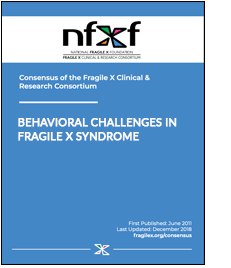


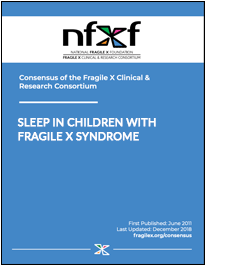

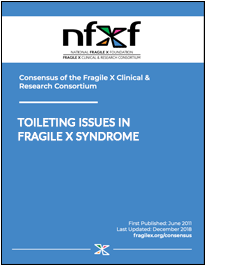


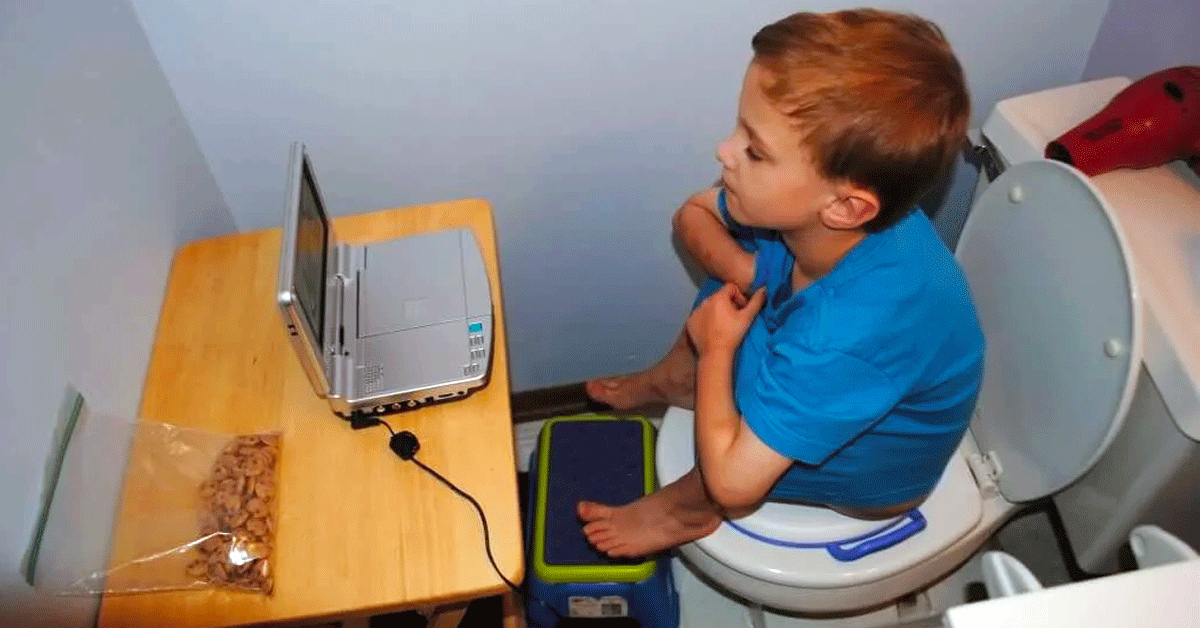


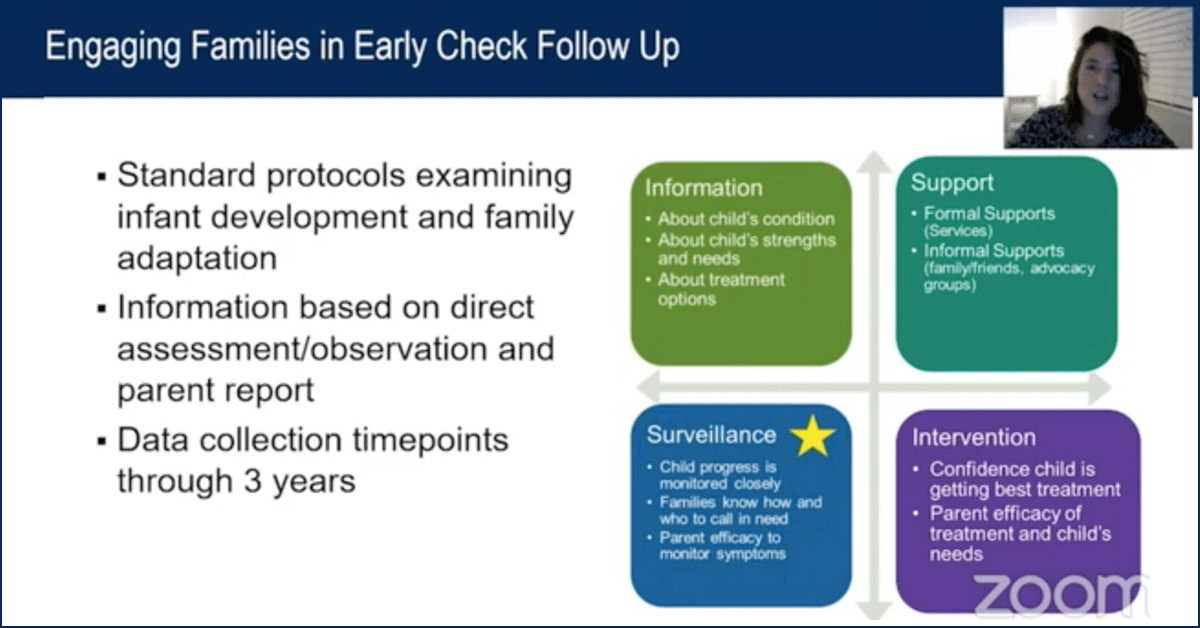

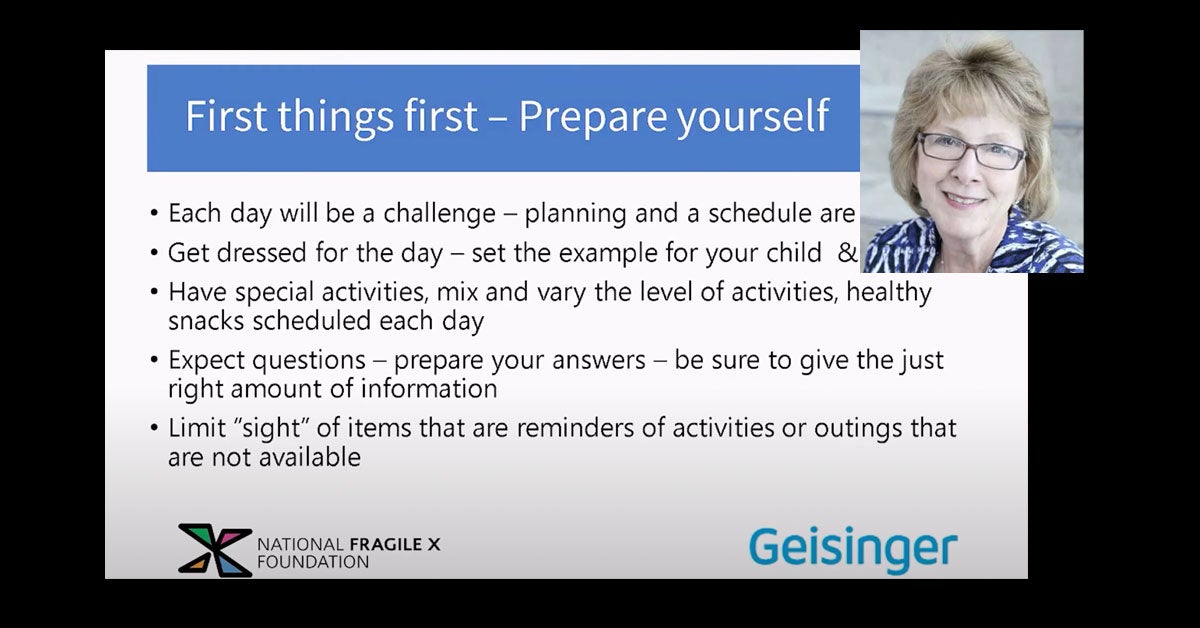





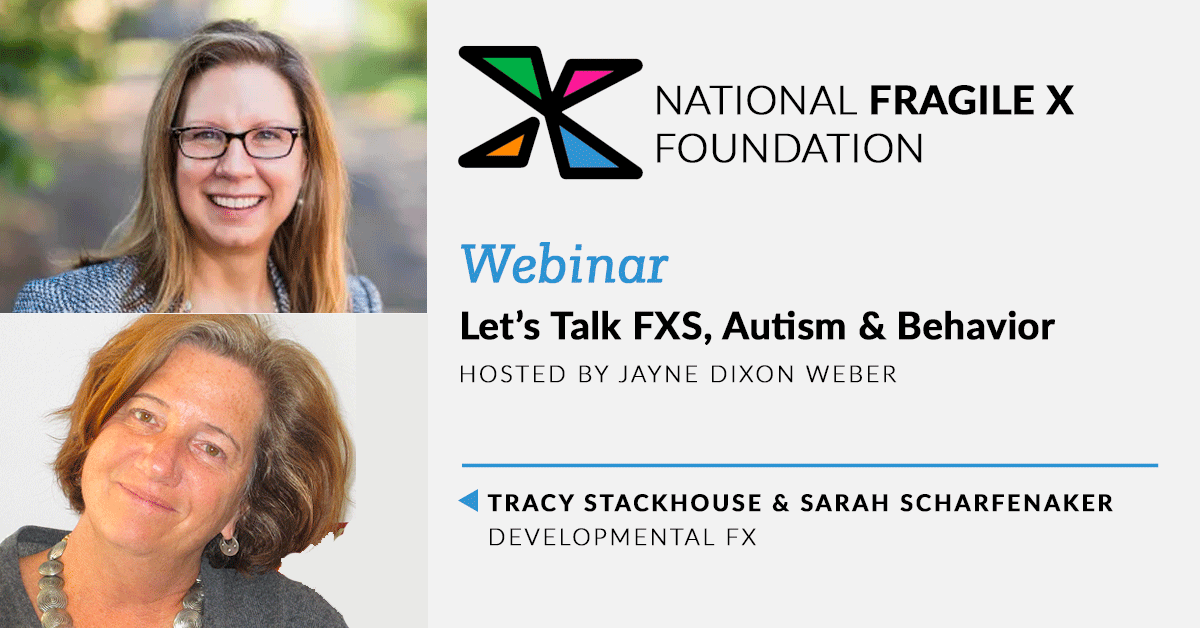
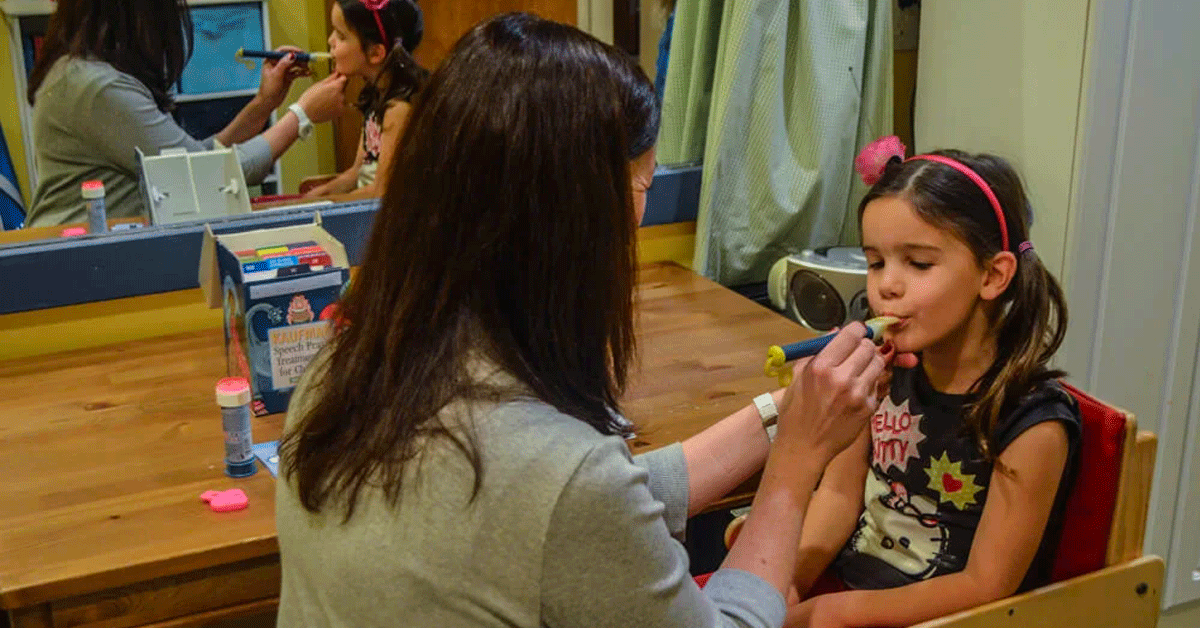

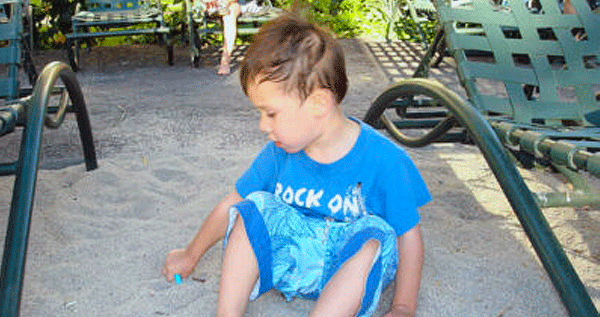



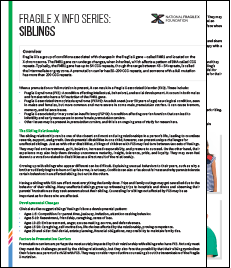



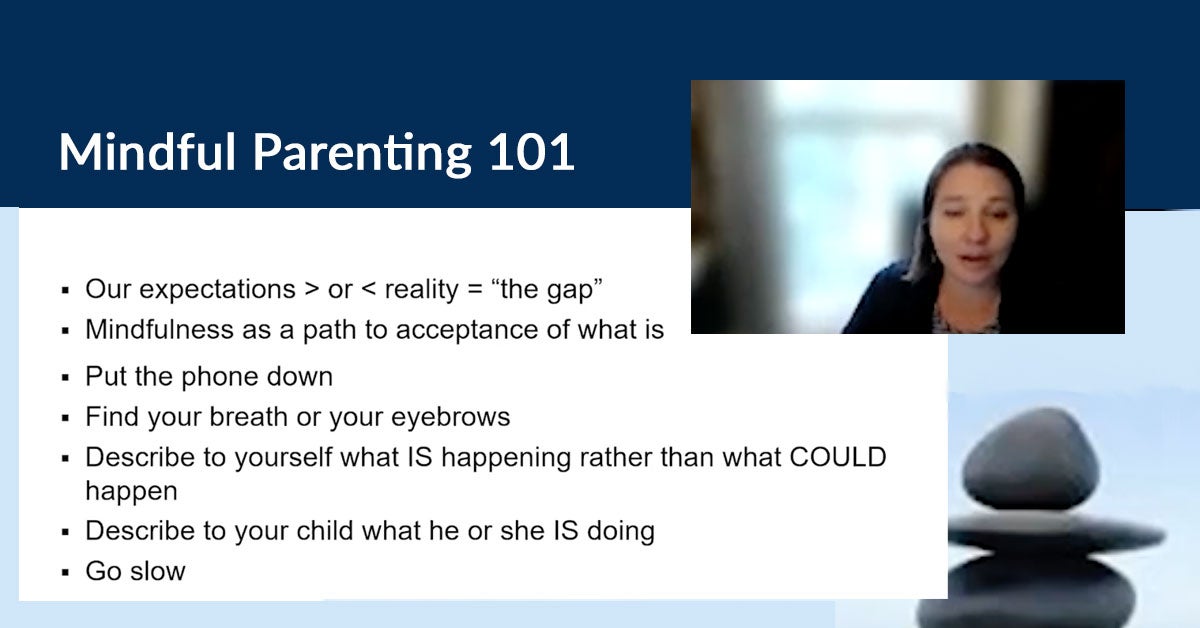
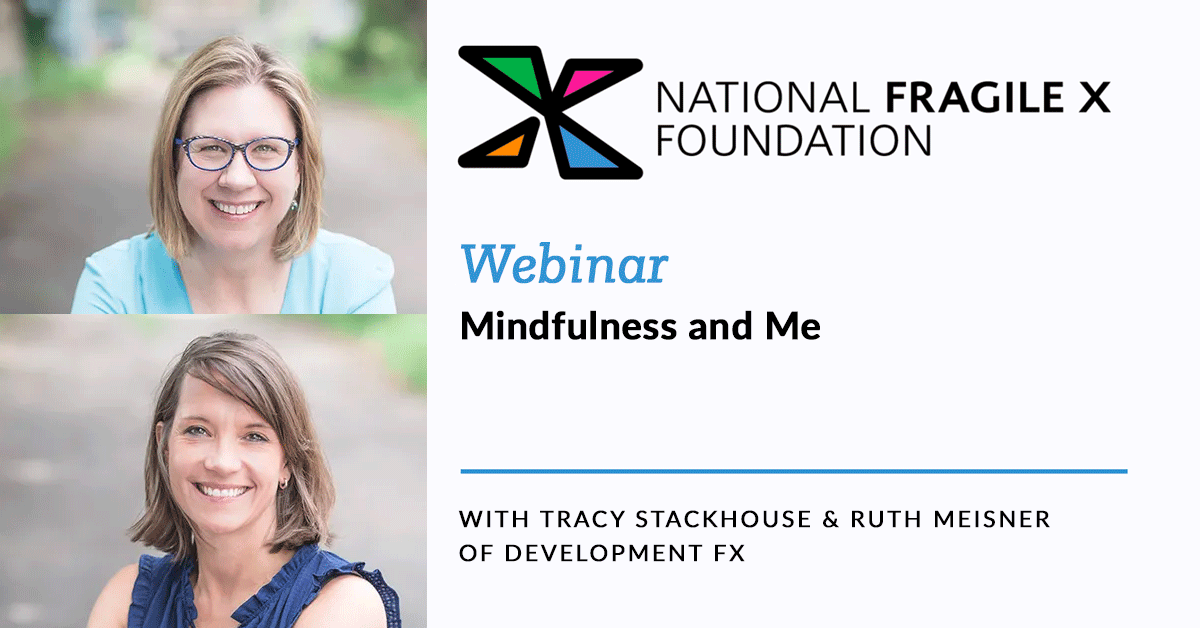



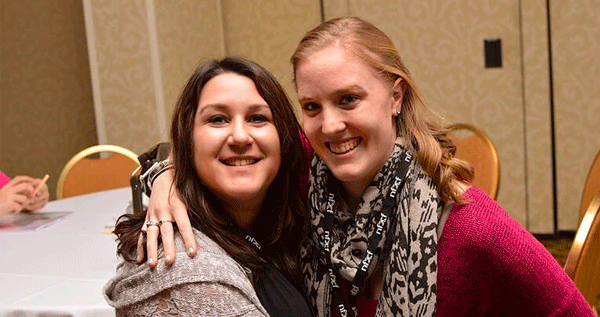
Socialization & Relationships
Individuals with Fragile X syndrome often have difficulty establishing meaningful friendships, but various interventions and strategies can increase their social network.
From Our Blog
“Wat Up?” and Other Steps to Socialization
By Jayne Dixon Weber|Sep 28, 2022|
“Hey” was one of my son Ian’s first words, and what he quickly learned was that whomever he said that to responded — with something. Usually it was with a smile and friendly tone to their voice, and you know how quickly our children pick up on that positive feeling.
Building Social Supports: A Guide for Parents
By Contributor|Jun 13, 2018|
Limited social skills, social anxiety, and an often narrow range of interests contribute to the difficulties of making new friends.
You Are Never Too Old to Wear a Pink Tutu . . . and Other Lessons Our Son Has Taught Our Family
By Jayne Dixon Weber|Oct 26, 2016|
Like many of you, I will always remember the day and time when I received the diagnosis of our son, Ian. Fragile X syndrome – never heard of it. These are the lessons my family has learned since that time.
How to Encourage Play — and Why Itʼs So Critical for Your Child
By Tracy Murnan Stackhouse|May 1, 2013|
One of the common sites we encounter when visiting a child's home is a play area chock-full of every toy known to man, yet they won’t play with any of them. This exasperation is likely familiar to many of you.
Webinars
Setting the Stage for Success: Effective Strategies to Promote and Support Social Skills — Presentation
By Kristin Bogart|Jul 16, 2022|
This session discusses specific strategies to help promote and support essential social skills for those with Fragile X. Presented by Barbara Haas-Givler.